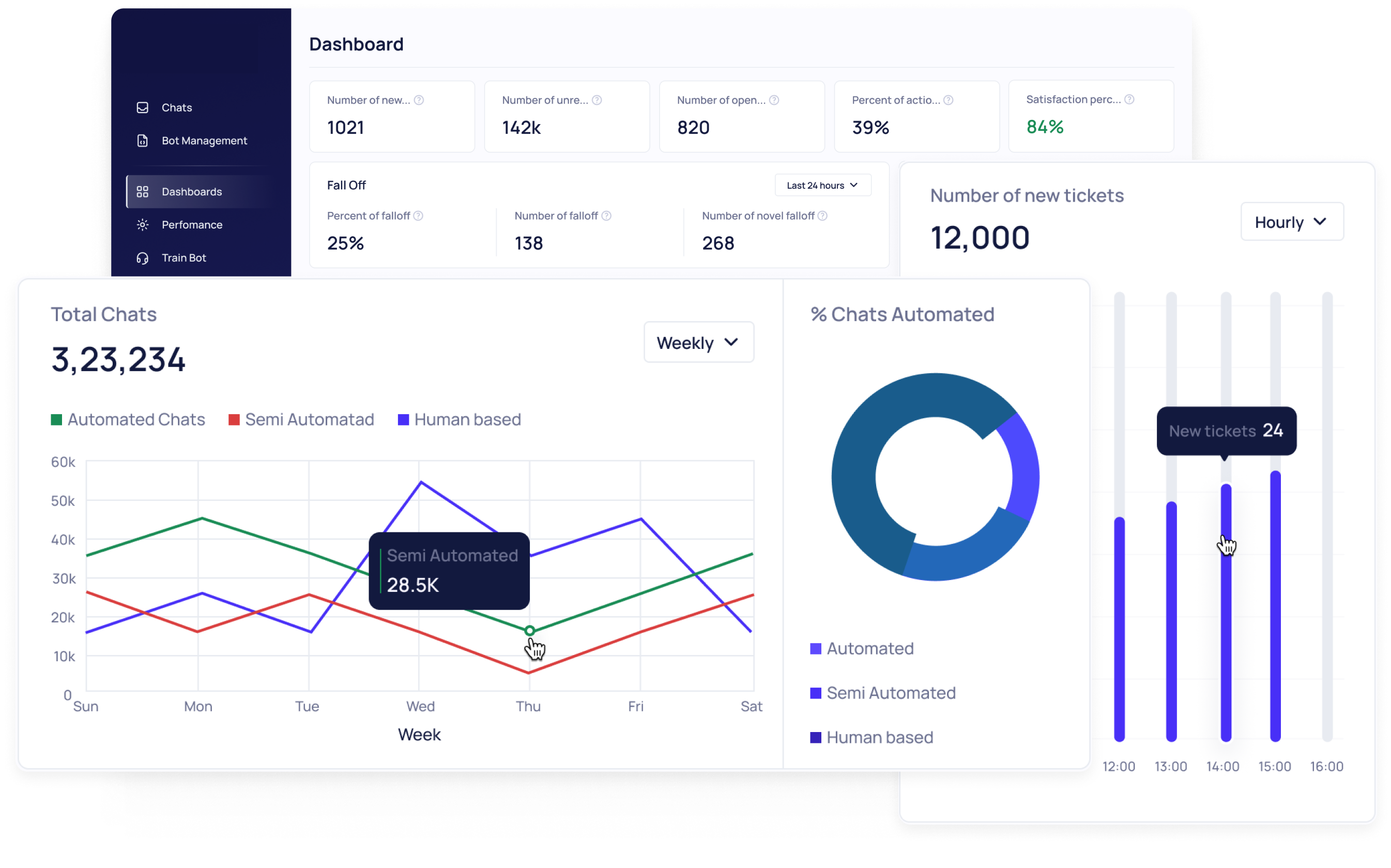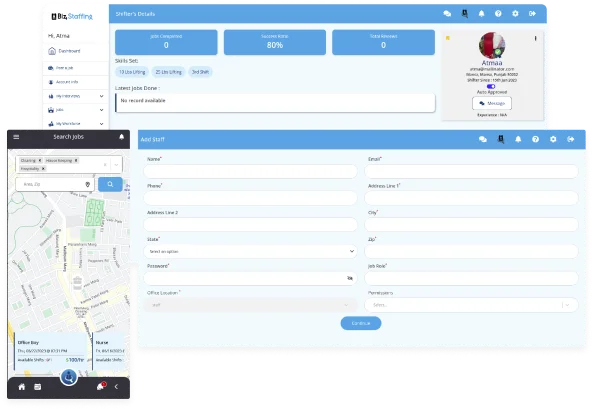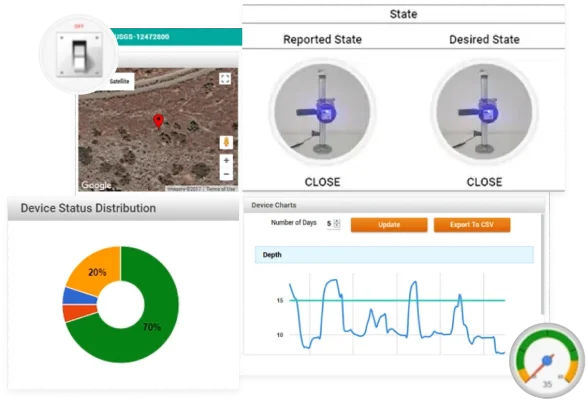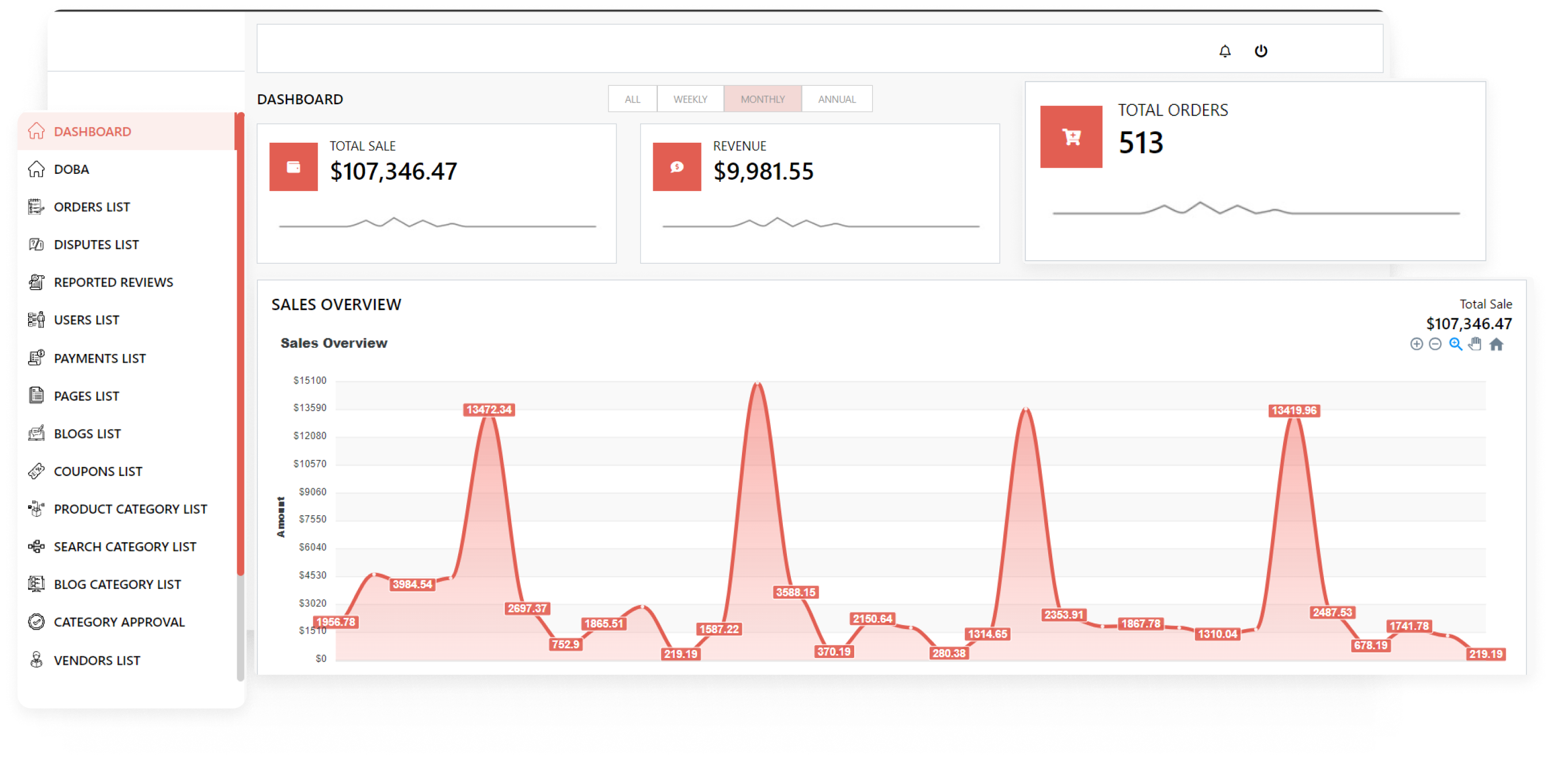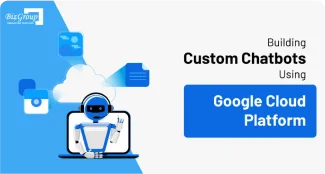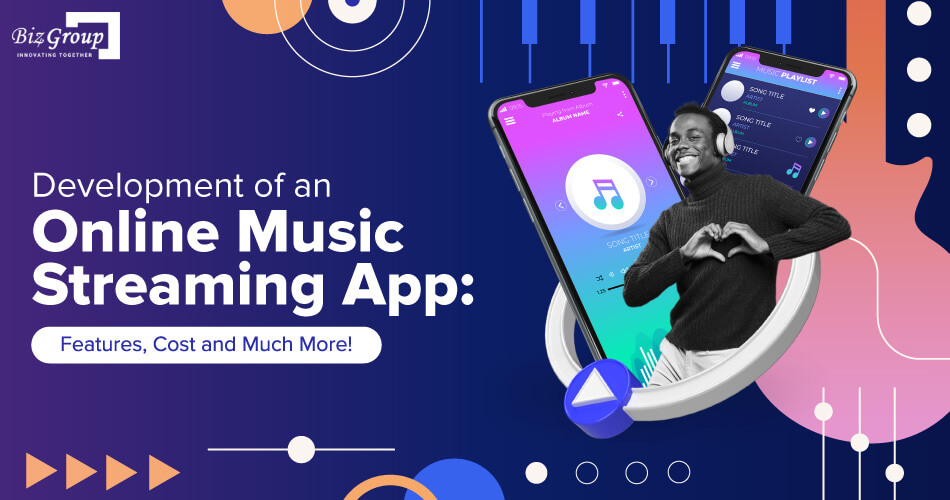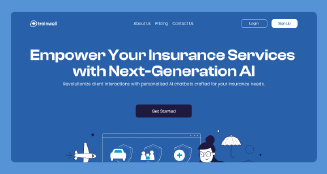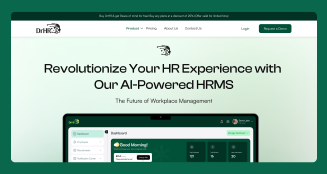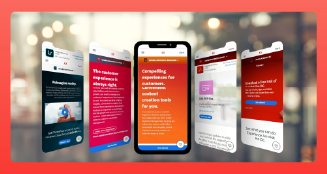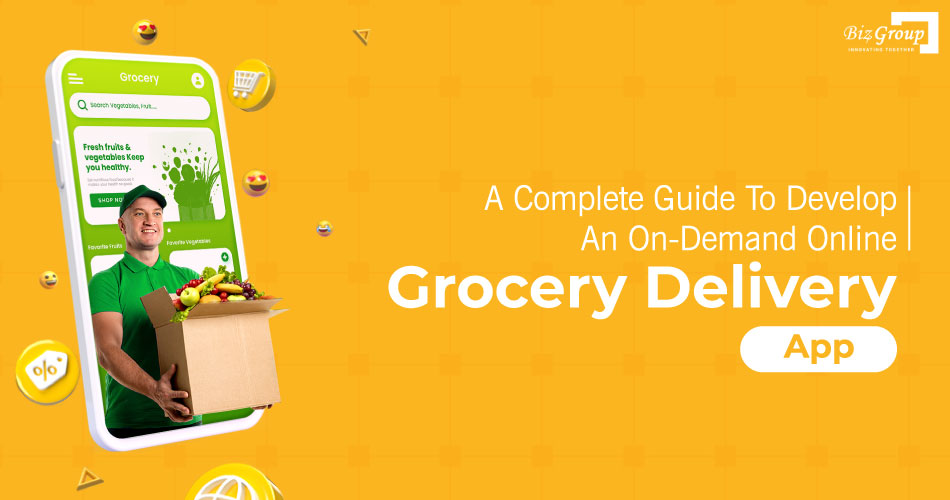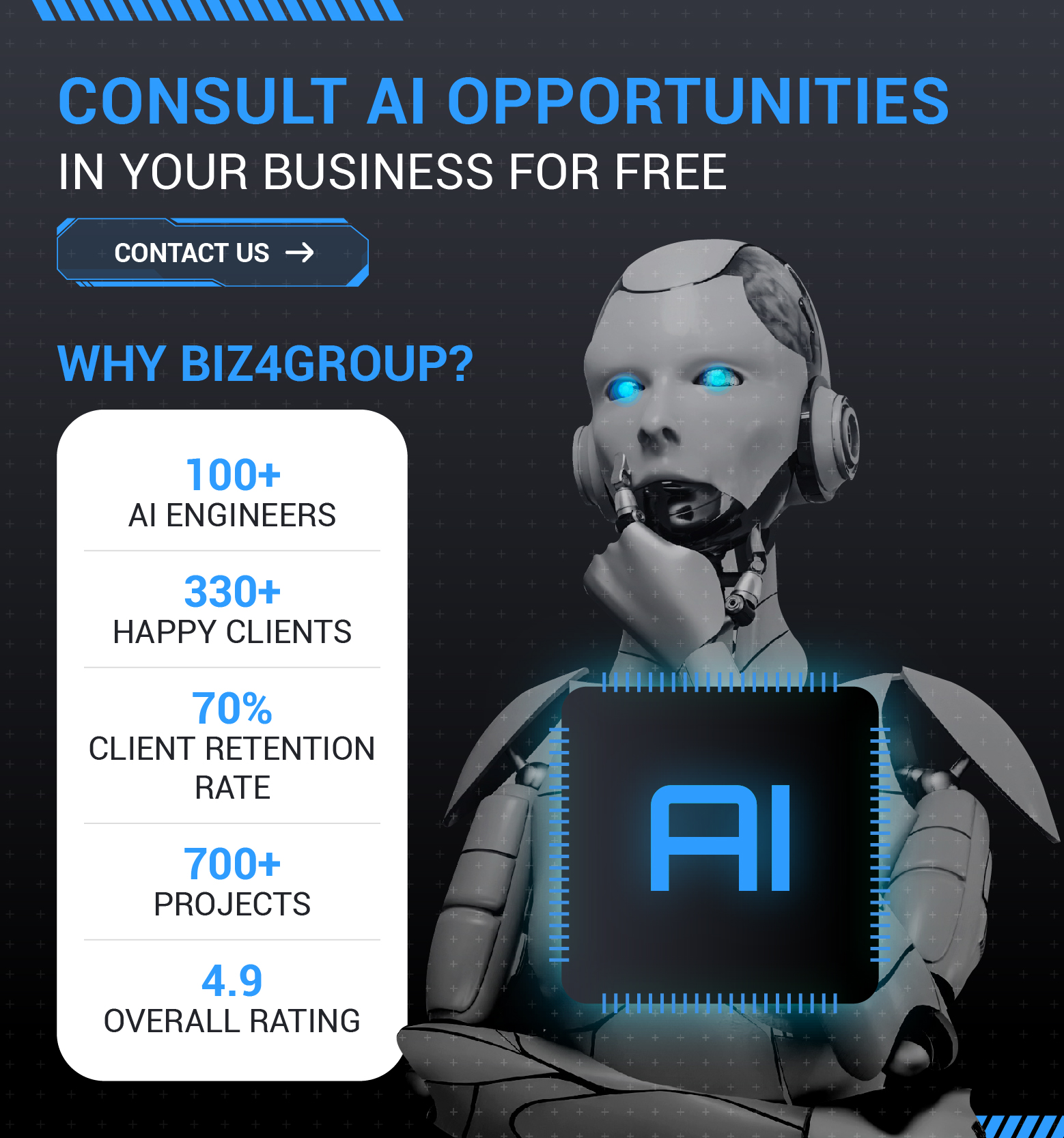A Complete Guide to Develop an On-Demand Online Grocery Delivery App
In the present pandemic scenario, people are facing difficulties obtaining everyday essentials since grocery stores and supermarkets are closed during the lockdown. Also, health is a major concern since consumers want to stay safe and avoid any crowd while they shop. Therefore, this is the perfect time to consider developing a grocery delivery app that ensures every necessity is available right at the consumer's fingertips.
Take a look at some interesting statistics:
-
Reports show that before the COVID-19 outbreak, e-grocery sales acquired about 4.3% of the total grocery market in 2020. This ratio will soon rise to 5.4% by the end of 2021, and reach 10.7% in 2024, finally touching 13.5% in 2025.
-
With a CAGR of 24%, the size of the global online grocery market is predicted to increase up to $250 billion by the end of 2025.
-
Furthermore, according to App store trends, the number of downloads for shopping apps touched a whopping 106M just at the beginning of April 2020. Reports published by TechCrunch show that the Walmart grocery app hit almost 54,000 downloads every day!
Looking at the above statistics, it is certain that this industry will keep on booming. Shoppers are becoming familiar with online grocery delivery services, and this trend of buying groceries online is expected to continue even after things go "back to normal" after the pandemic.
On-demand grocery applications like Postmates, Big Basket, Amazon are a few major players who have taken advantage of this fact and attained huge success in 2020.
Let's start by defining the basic flow of the application.
Functioning of a Grocery Delivery Mobile App
Here is the flow of a typical grocery delivery application:
-
New user registers on the app by feeding necessary details. Existing users can sign in to use the app.
-
Use the search bar or category feature to find a particular item in the store.
-
Add product to cart/wishlist
-
Select the address where the groceries need to be delivered.
-
Make the online payment using the gateway of choice
-
The app sends an order confirmation to the customer.
-
The admin receives the order request and forwards the same to the respective grocery store manager.
-
The store manager generates the order and notifies the courier partner to pick up the same.
-
Both the admin and customers are constantly kept notified of the delivery status.
-
After the delivery is received, customers can give ratings/reviews on the app.
-
Additionally, customers can reach out to customer service via live chat 24*7.
Steps to Develop the On-Demand Grocery Delivery Mobile App
#1 Finalize the Business Model
Your app can cater to either or both of the following models:
-
Aggregator Model- This model collaborates with local grocery stores. The app would list the registered grocery stores for the user, and the user can decide to purchase from any of the listed stores. The app acts as a facilitator and serves as a mediator between the shopper and the store owner.
-
Dedicated Model- Different grocery stores can sign up and start selling their items on your app. This model calls for a robust online grocery platform since assigning parcels to appropriate courier personals and handling delivery executives must be handled by your app.
#2 Features of the Application
Here is a quick overview of the basic features that your mobile application must include. It can be designed to have three panels or dashboards.
-
Customers Panel
-
Store Owner Panel
-
Admin
Functionalities to be included:
Registration: New customers need to register on the app. Existing users can simply log in by filling in their basic details.
Profile Management: To update store details like name, address, contact information, etc.
Coordination with Store owners: Admin can coordinate with managers to ensure streamlined workflows.
Browse Products: Customers can use the search functionality or "filter by category" to browse the catalog of products
Add/edit product details: Change product descriptions, add to the catalog, delete from the catalog, etc.
Inventory management:/b> Admin can manage and control the products enlisted.
Add to Cart/Wishlist- Add products to the cart for checkout or wishlist for later purchase.
Live Tracking: To track the real-time status of courier service.
Order Tracking: Total overview of the tracking process and different milestones that every delivery reaches. Customers should receive alerts via SMS & mail to track real-time order status.
Notification: Notifications to provide customers and store managers status about the order.
Payment Mode: Customers can pay via safe and secure payment gateways like Stripe.
Payment Management: Overview of payment status for every order.
Reviews & Ratings: Customers can submit feedback for the products they received and their overall shopping experience
Settings: Customers can change and update profile details whenever required.
#3 Finalize a Team
For an on-demand delivery app, a highly experienced team is required to turn your vision into reality. Look for expertise in implementing complex custom features, amazing UI/UX for better user engagement, and developing seamless website functionalities. Your basic team should comprise of:
-
Project Manager: To analyze and translate the client's requirements for the development team. He is majorly responsible for managing timelines and the overall project deliverables.
-
Mobile App Developers: For the core development of your app, look for experts in iOS and Android technology to create a cross-functional application that can run on both platforms.
-
Front-End Developers: For the user interface design of the app.
-
Backend Developers: For the plugin development, smooth database management, APIs, and other backend features.
-
QA Expert: To verify the app based on various quality checks and ensure that the required features & functionalities are working in sync with each other.
#4 Out of the box technology
Here's a tip to stand apart from the competition in the market. Apart from the conventional front-end and backend tech stack, integrate smart algorithms within the application to create a remarkable user experience. For example, modern technologies like Artificial Intelligence can be used to analyze a customer's shopping pattern. It can assist the customers to automatically fill their shopping carts with all the required items on a weekly/ monthly basis.
You can also allow customers to schedule delivery as per a convenient time slot. Attention to such details will retain customers and increase their loyalty towards your brand.
Apart from this, make sure to decide upon the best tech stack for app development.
Technology Stack for iOS Apps:
-
Programming languages: Objective-C, Swift
-
Toolkit: Apple Xcode
-
SDK: iOS SDK/p>
Technology Stack for Android Apps:
-
Programming languages: Java, Kotlin
-
Toolkit: Android Studio & Android Developer Tools
-
SDK: Android SDK Cross-Platform App Development Technology Stack
-
React Native + JavaScript/TypeScript
-
Xamarin + C#
-
Flutter
#5 Additional Factors
To get a competitive edge in the market, consider adding more useful features to enrich your customers' shopping journey.
Model of Development and Timeline
Decide whether your team will follow the iterative development approach (waterfall model) or agile development approach. This will directly impact the app's robustness and Time To Market (TTL).
MVP Or Full Fledged Development
A minimum viable product (MVP) is developed with essential features only. Then, based on customer feedback, more functionalities are added to the app. Sometimes, unnecessary features are also dropped off. A full-fledged development means that all the features of the app will be developed in one go. This can be risky and impact the business profitability if the app does not perform well in the market.
The idea is to develop an app that is easy to navigate and loads seamlessly. Customers will not spend their time on an application that is intensive to use. A well-developed application will benefit your audience base as well as your company. Here's how
What can your app do for customers?
- Compare prices of different products across multiple brands
- Browse through multiple brands under the same roof
- Hassle-free doorstep delivery
- Find all sections of groceries in one place
- Read product descriptions and ingredients at leisure
- Exposure towards more brands
- Avoid long checkout lines
How will this help your business?
-Brand recognition
- Customer Loyalty
- Customer Retention
- Wider audience reach
In Conclusion
An average consumer spends 90% of their mobile time on applications. Take advantage of this fact to launch an app that will foster brand recognition and loyalty! Looking for a trusted technology partner to boost your online grocery business to new heights? Biz4Group’s team of on-demand mobile app developers can deliver a market ready business app within 5-7 weeks of time.
Contact us today to book a free consultation with our experts.
 info@biz4group.com
info@biz4group.com 
















